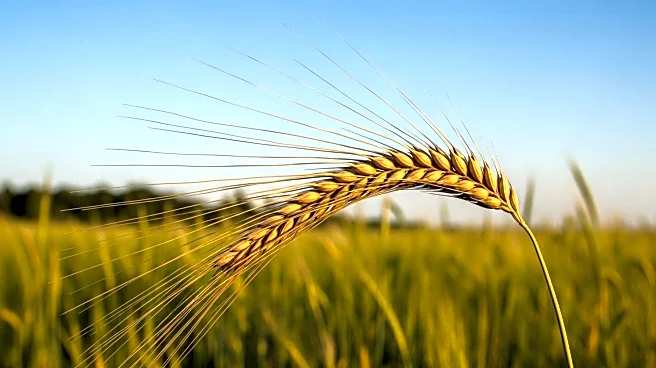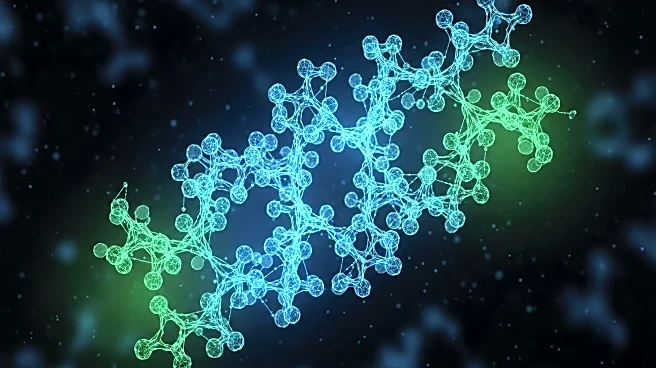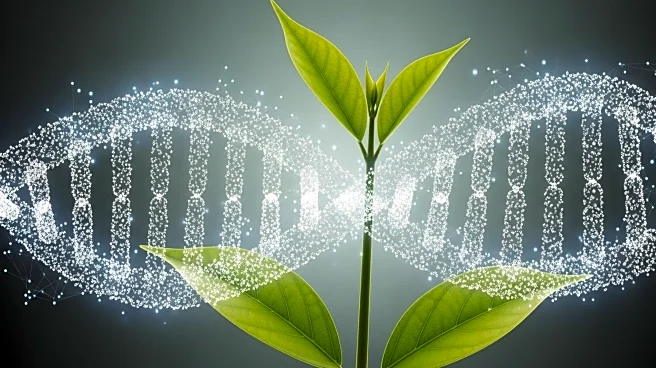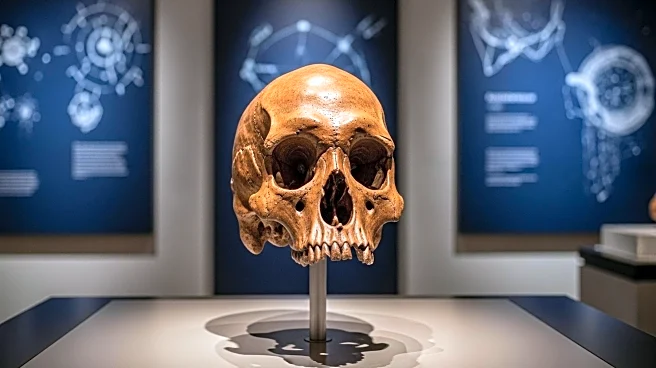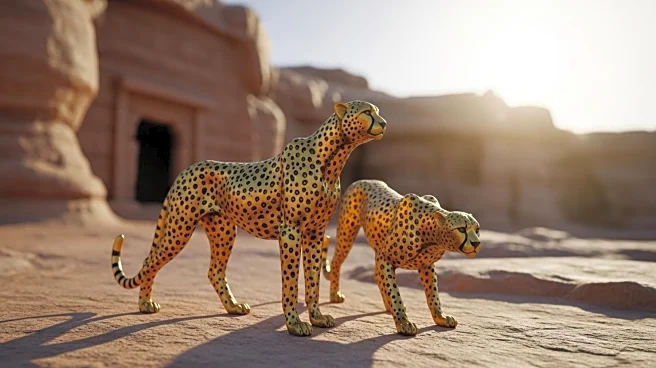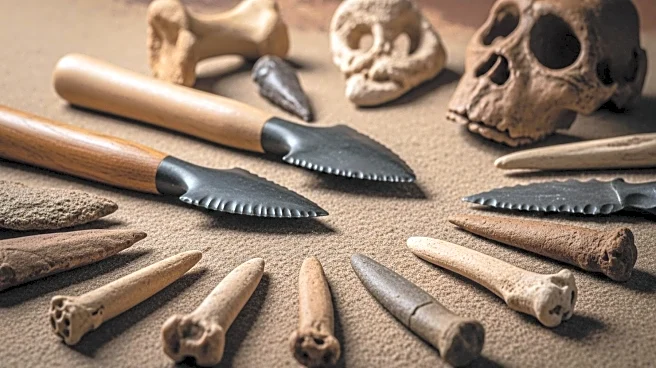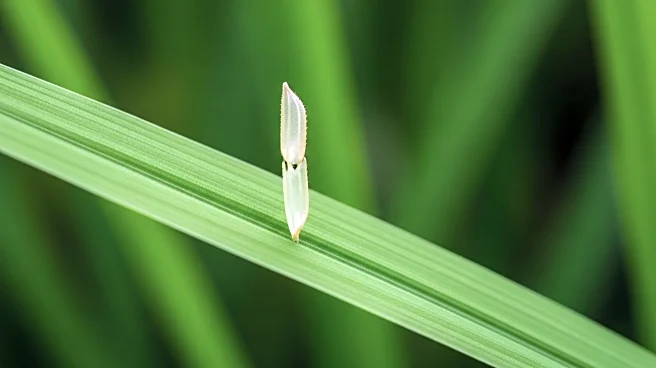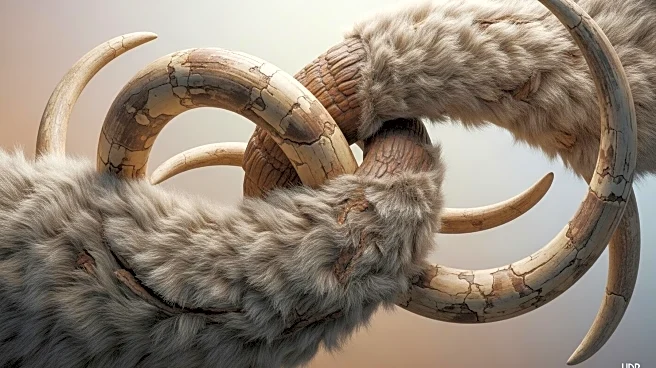What is the story about?
What's Happening?
A study led by the IPK Leibniz Institute has traced the origins of modern barley to five wild populations across the Fertile Crescent, challenging the notion of a single domestication site. The research, published in Nature, analyzed genetic material from 682 barley accessions and 23 archaeological finds, revealing a mosaic genome composed of contributions from various wild populations. The study highlights the role of human migration and trade in shaping barley's genetic diversity, with domestication traits appearing as early as 27,000 years ago.
Why It's Important?
The findings offer a new perspective on the domestication and evolution of barley, one of the world's oldest cultivated crops. Understanding barley's mosaic origin provides insights into how crops adapt to different environments and the genetic diversity resulting from human influence. The study underscores the interconnectedness of human history and agricultural development, revealing how trade and migration have shaped the genetic makeup of crops. This knowledge can inform future agricultural practices and crop improvement strategies.
What's Next?
Researchers may continue to explore barley's genetic history, focusing on acquiring more precise dating evidence and understanding the impact of gene flow on its evolution. The study opens avenues for further research into the domestication of other crops and the role of human activity in shaping agricultural landscapes. Scientists may also investigate the implications of barley's genetic diversity for modern agriculture, potentially leading to new breeding techniques and crop varieties.
Beyond the Headlines
The study highlights the importance of genetic research in uncovering the history of agriculture and its impact on human civilization. It emphasizes the role of ancient DNA in providing insights into the domestication processes and the adaptation of crops to diverse environments. The findings contribute to discussions on sustainable agriculture and the preservation of genetic diversity in crop species. The research also underscores the significance of archaeological sites in understanding the historical interactions between humans and plants.
AI Generated Content
Do you find this article useful?
